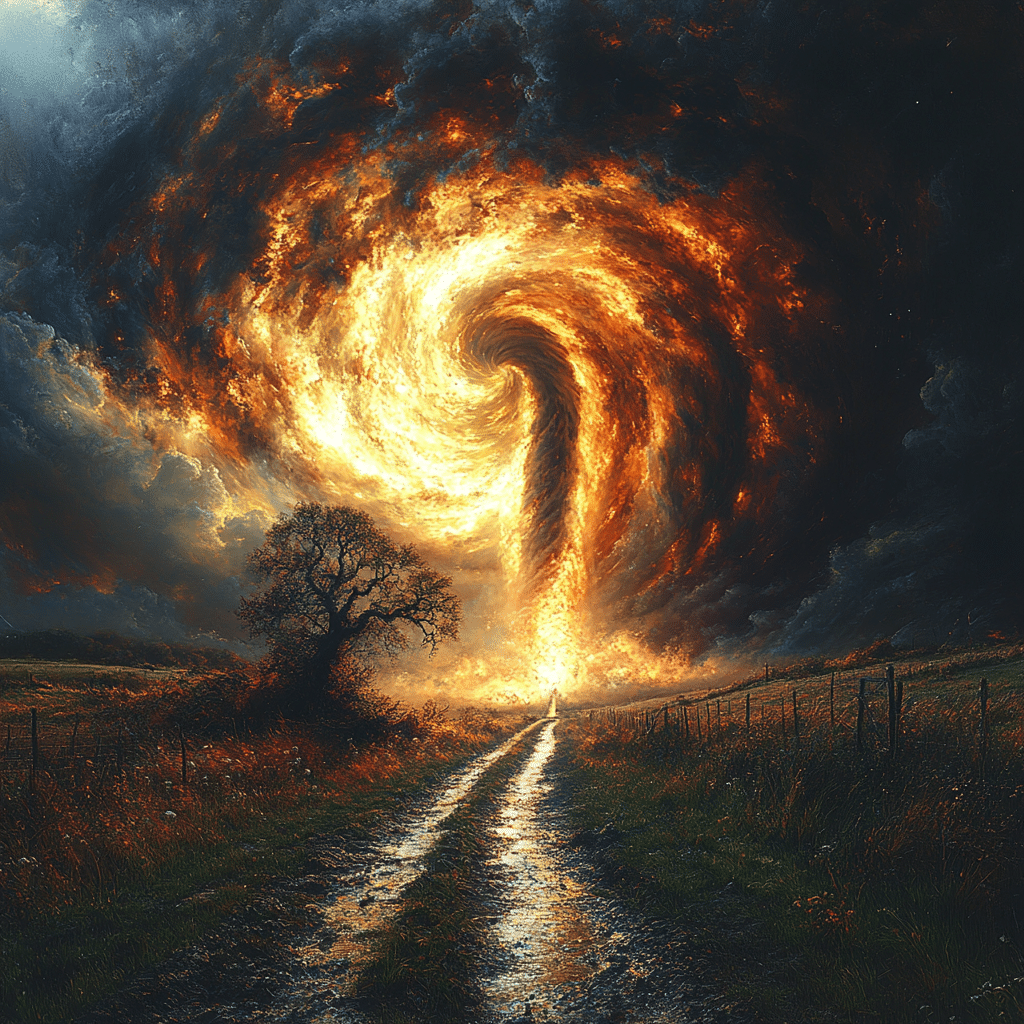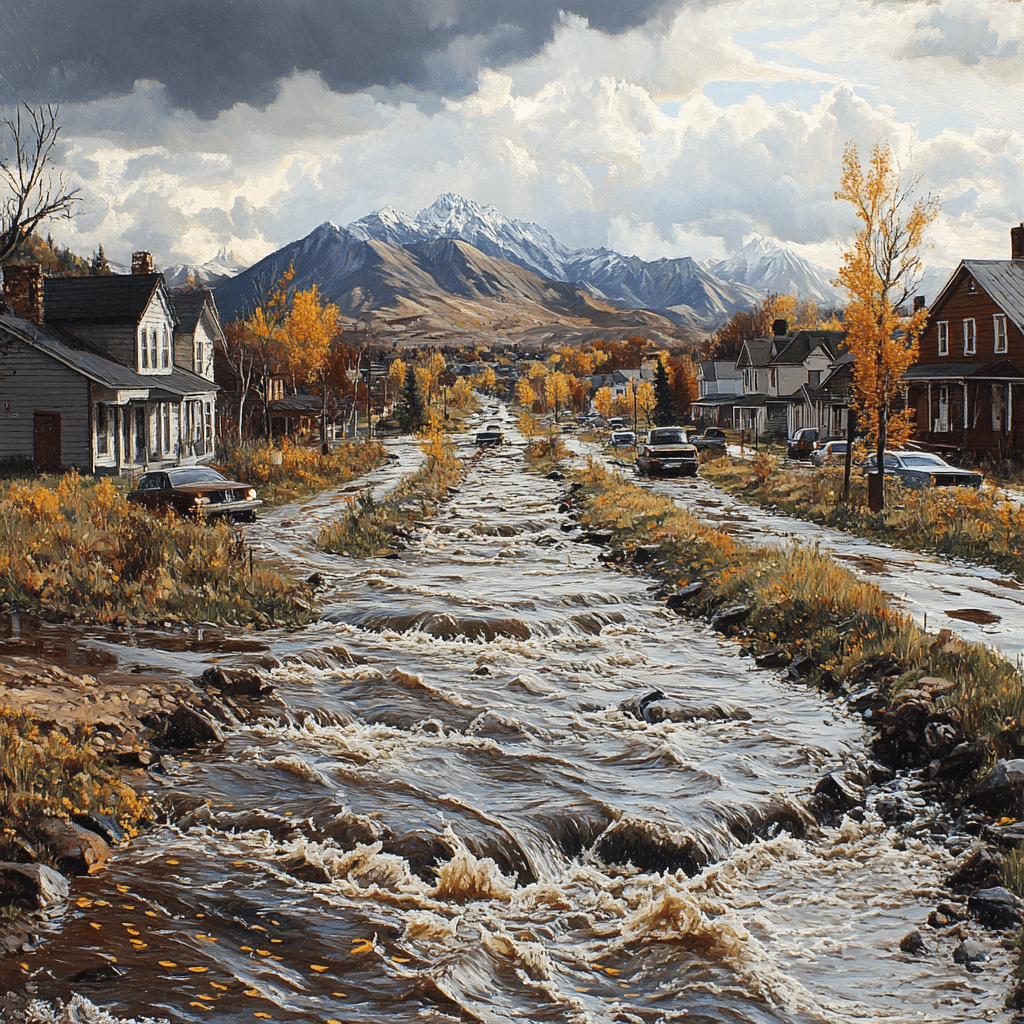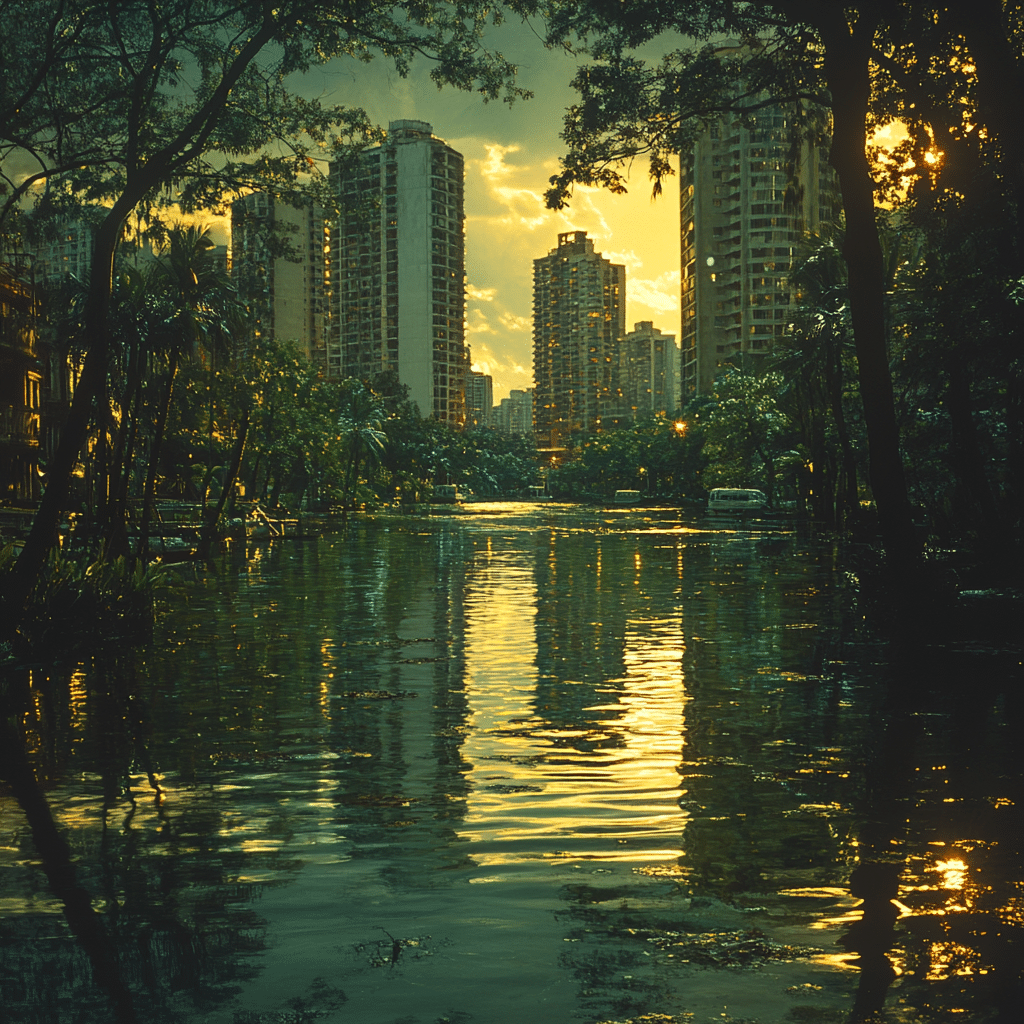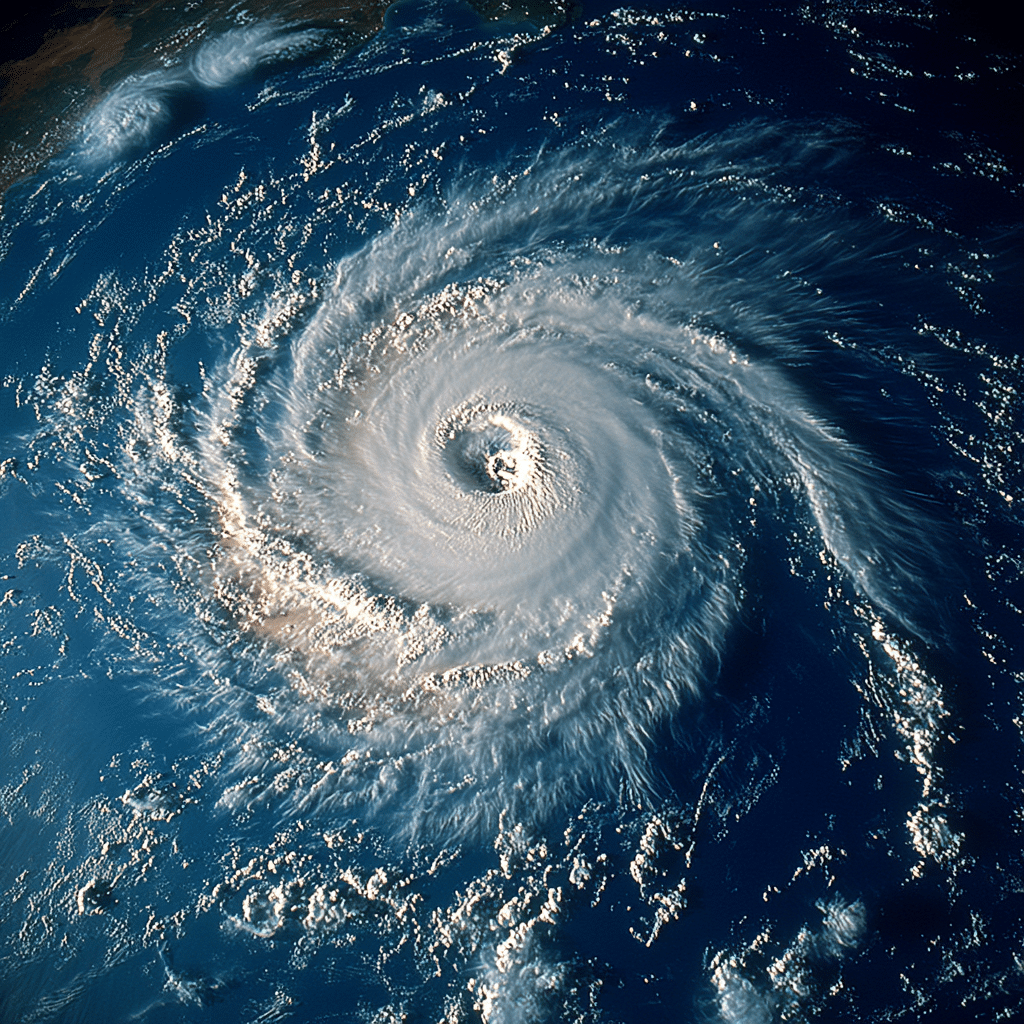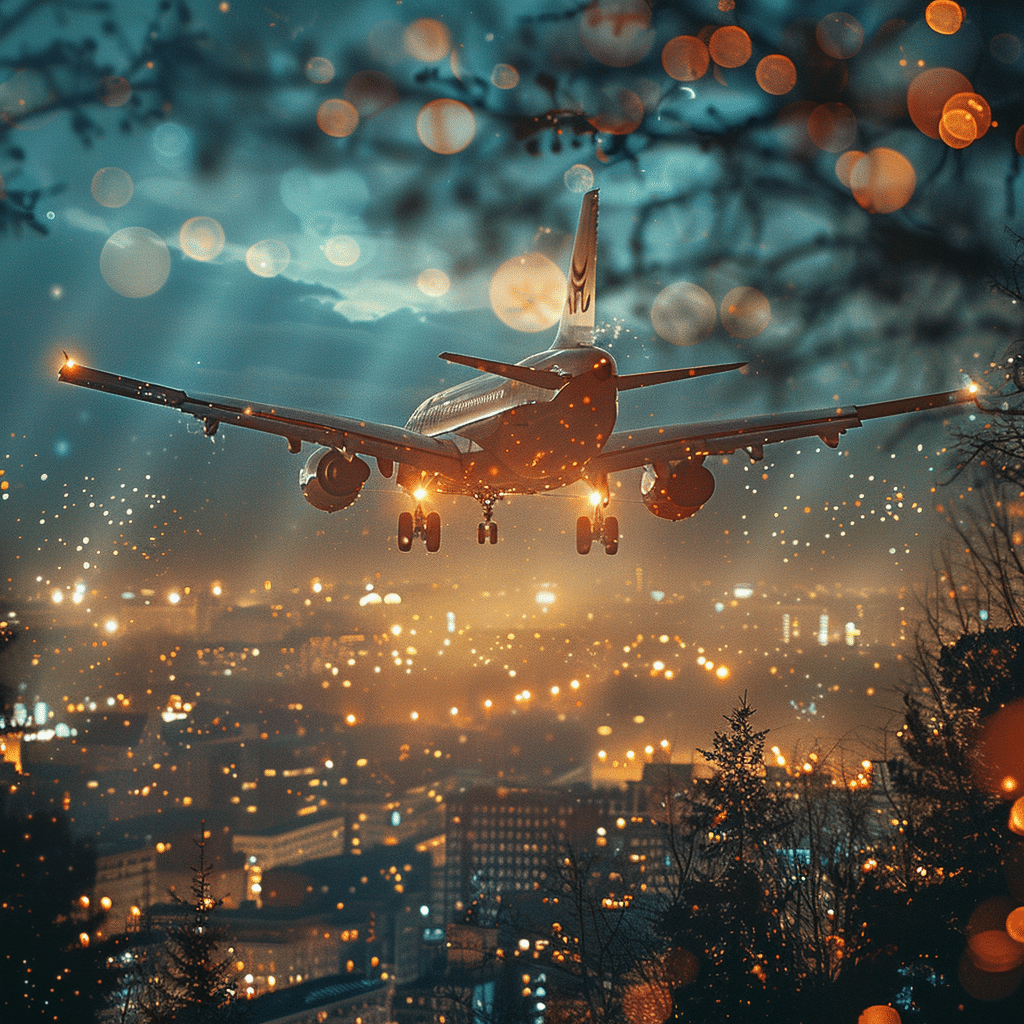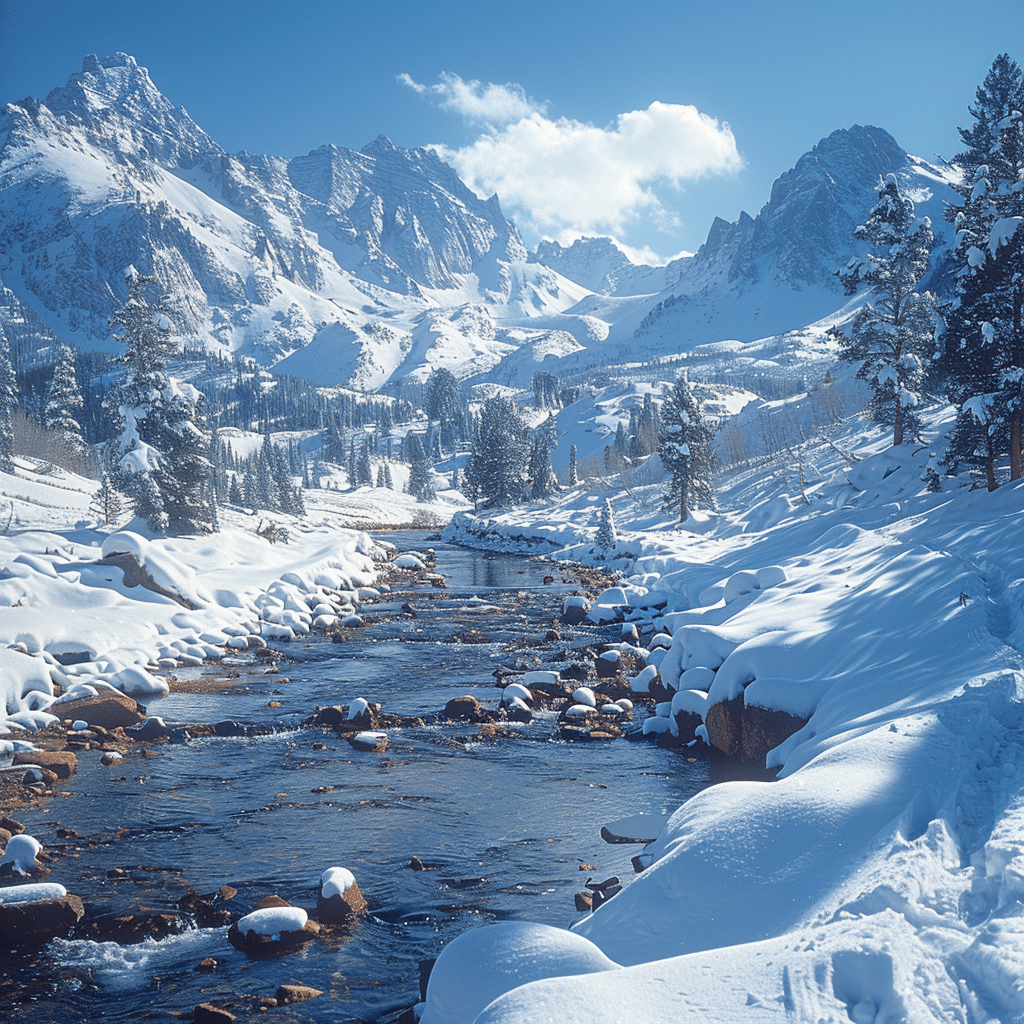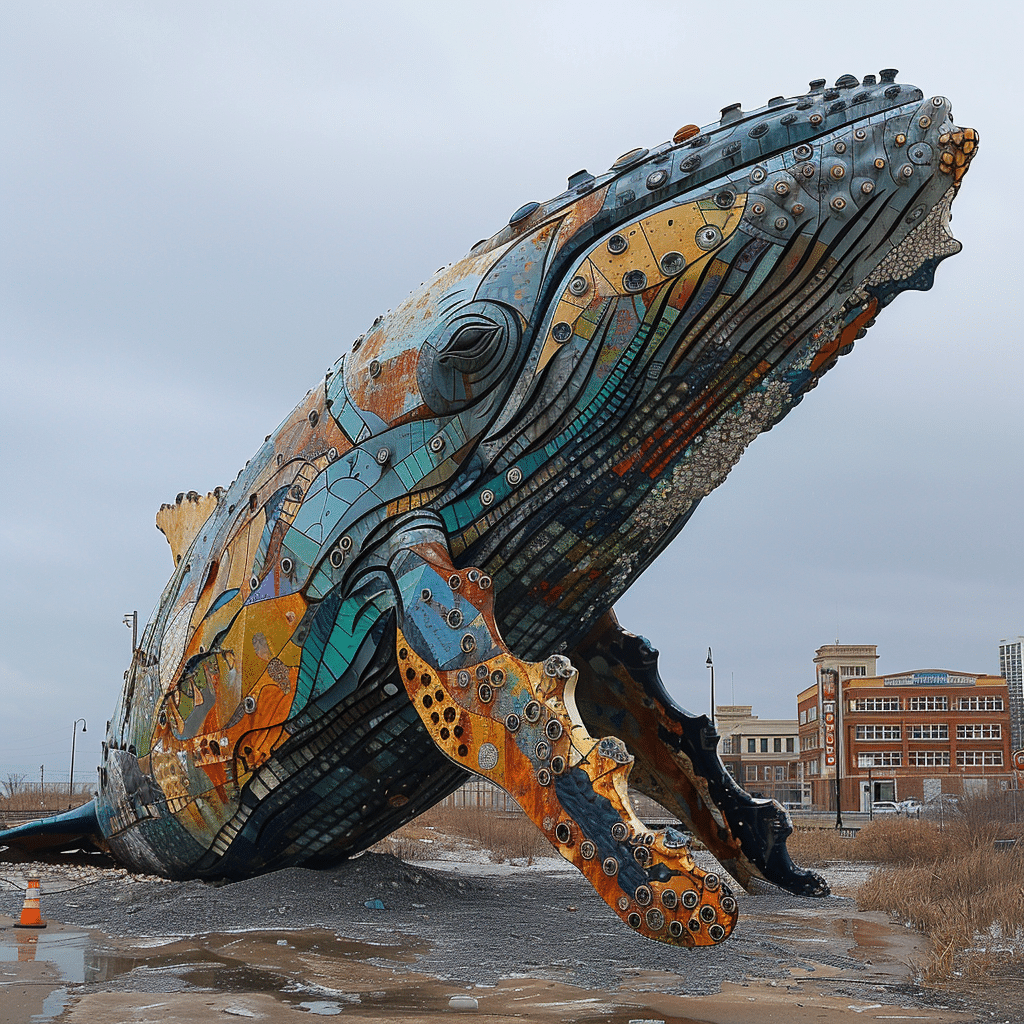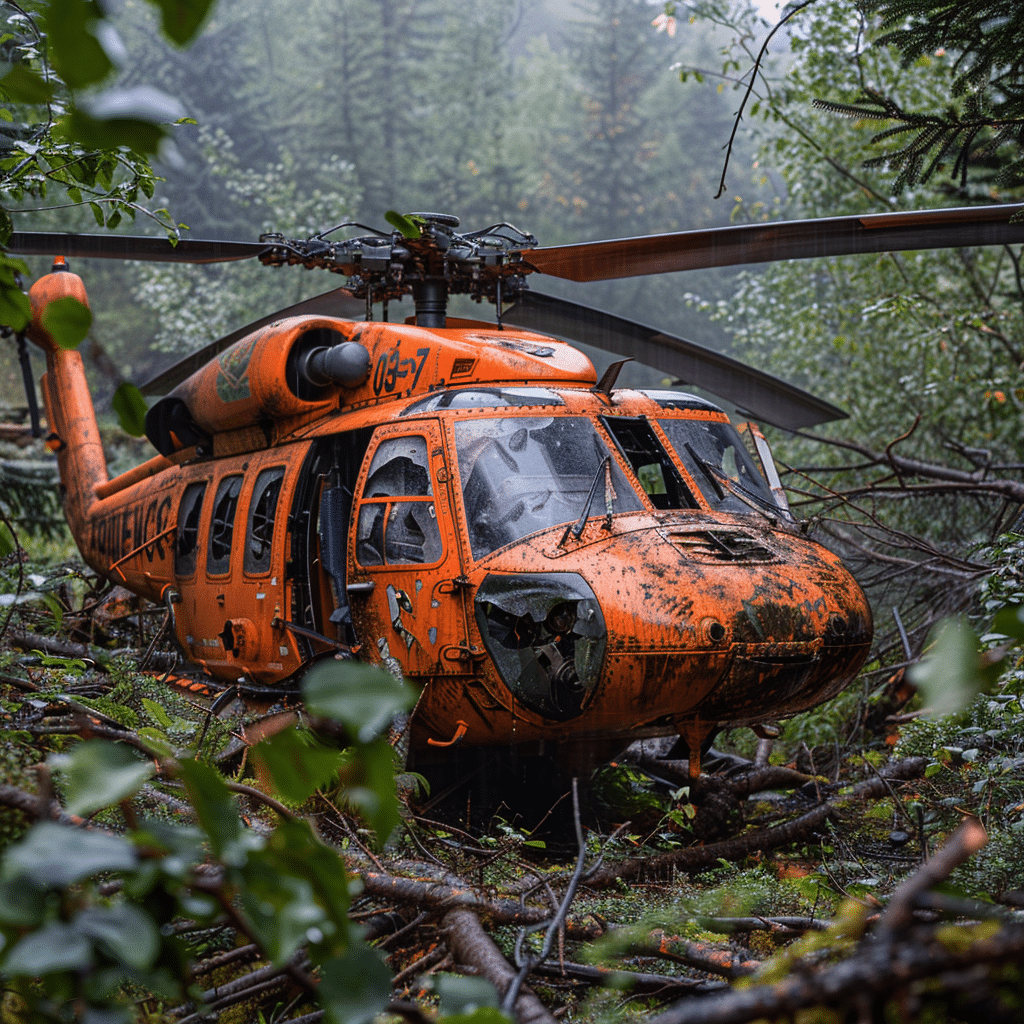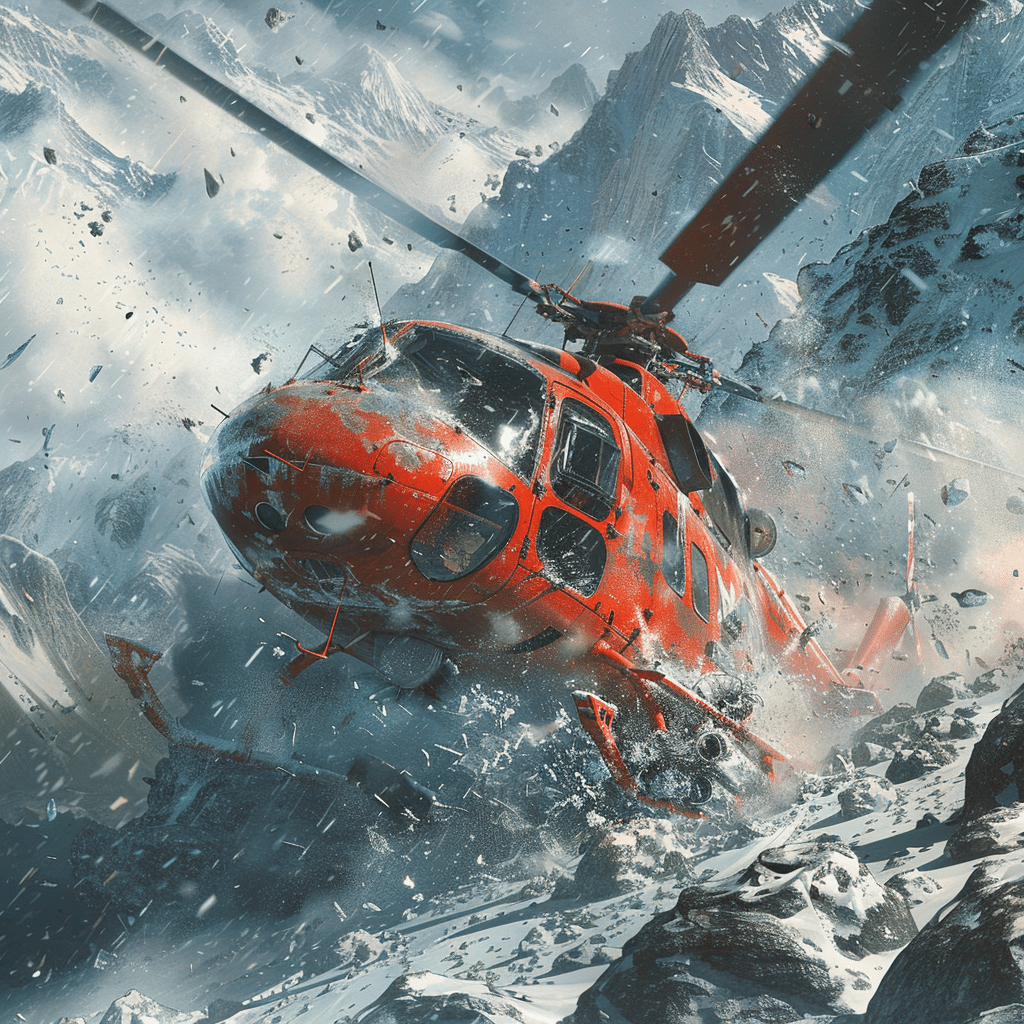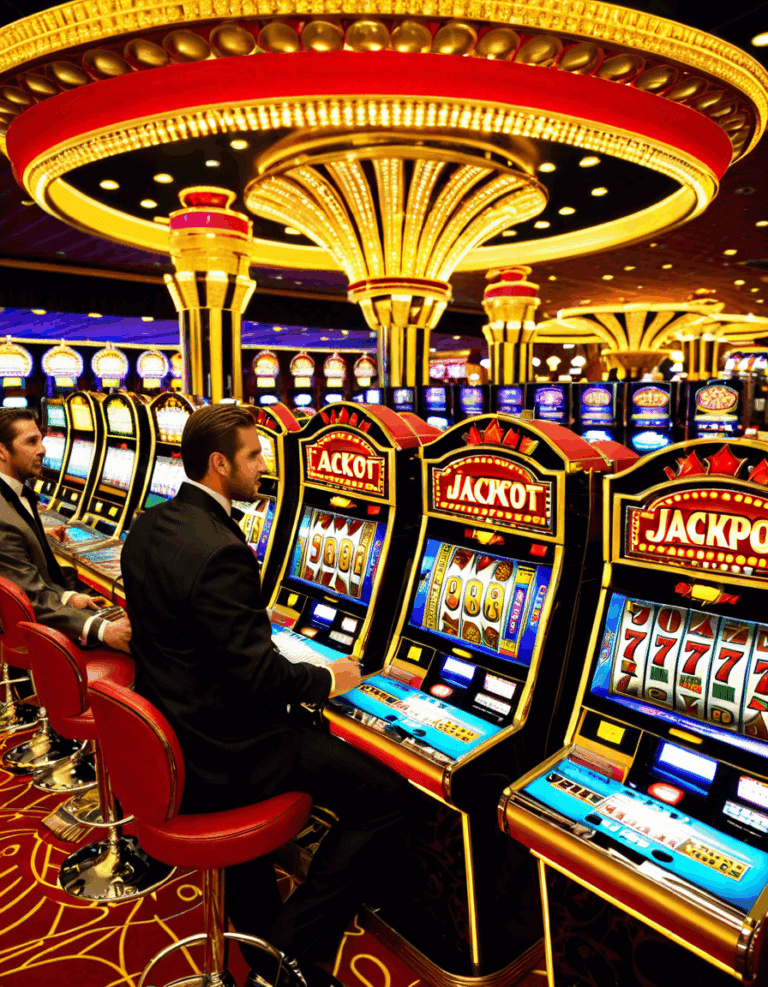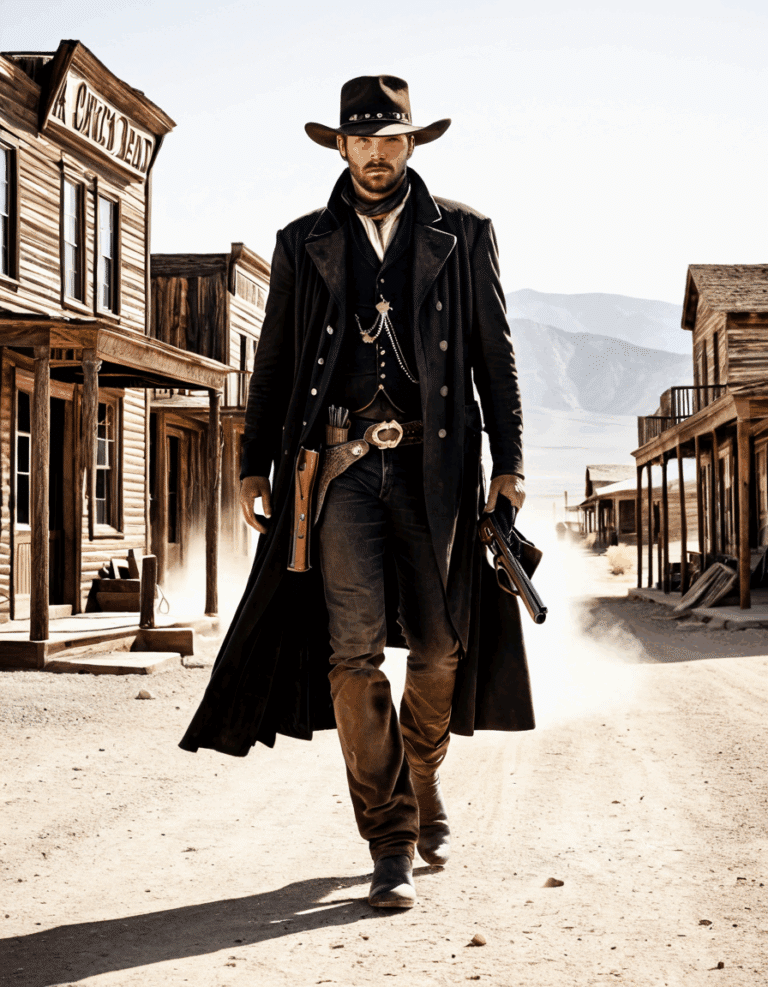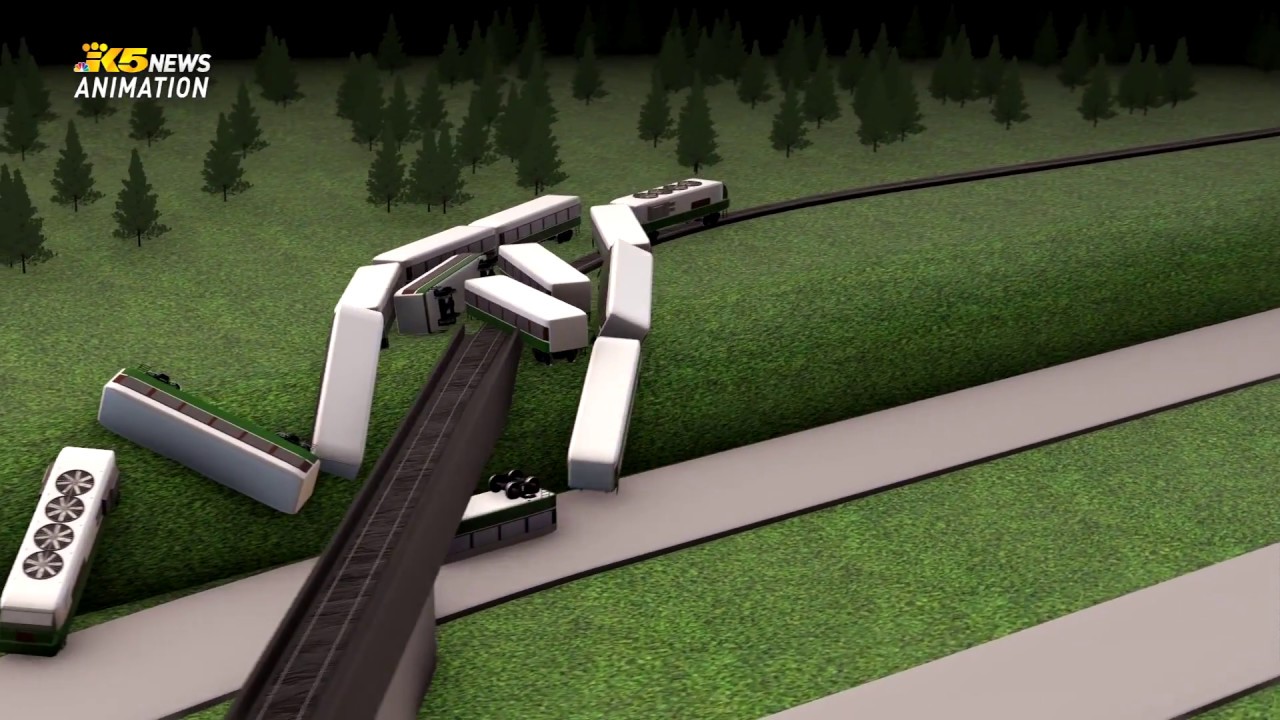
Unveiling the Reality Behind Amtrak Train Derailments
Amtrak train derailments aren’t just headlines; they’re terrifying realities for countless passengers. While the trains might seem like the stress-free way to travel, the truth can sometimes be shocking. Every derailment brings to the surface a series of issues related to infrastructure, technology, and safety protocols that might make you think twice about your next train trip. By diving into these incidents, we uncover the intricate web of factors that make train travel a mixed bag of convenience and uncertainty.
When you hop on an Amtrak train, there’s a good chance you’re feeling a bit more at ease compared to squeezing into a crowded car during rush hour. Statistically speaking, it’s far safer than driving. However, these incidents remind passengers like us that even this seemingly peaceful journey has its risks. You may want to buckle up for a little historical detour filled with tragedies, truths, and maybe a few light-hearted moments to ease the ride.

Top 7 Most Significant Amtrak Train Derailments and Their Impacts
In Alabama, the Sunset Limited train struck a wayward barge, causing 47 lives to be lost. Now, that’s what we call a wake-up call for bridge safety and maintenance. Turns out, this incident forced federal agencies to take a hard look at safety measures near waterways.
With 8 lives cut short and over 200 passengers injured, this derailment left quite the mark. Human error and excessive speed were the culprits here, as the train barreled along at double the allowed speed limit. Talk about a jaw-dropping reminder of the importance of thorough crew training and operational support systems!
While no one lost their life, multiple carriages jumped the tracks, putting a spotlight on our aging railway infrastructure. This prompted calls for immediate investments to upgrade tracks across the nation, ensuring no one has to go through this unnerving experience ever again.
If you’ve ever doubted the chaos of freight and passenger trains sharing the same tracks, you’d be convinced after this incident. A freight train collision left 25 passengers injured, igniting discussions about creating dedicated rail tracks for high-speed trains in bustling urban areas.
When Mother Nature decides to throw a mudslide into the mix, it can turn a normal train ride into an unforgettable disaster. Fortunately, no fatalities occurred, but it pushed Amtrak to reevaluate its strategies against weather-related incidents.
This one might not have caused physical injuries, but the aftershocks were felt far and wide. Significant delays and emergency responses showed that the efficiency and preparedness of train services need constant polishing.
In this age of social media, situations can escalate quickly. Passengers mobilized online, raising alarms and initiating discussions about accountability and communication. It revealed how crucial it is for organizations to have proactive communication technology during emergencies.
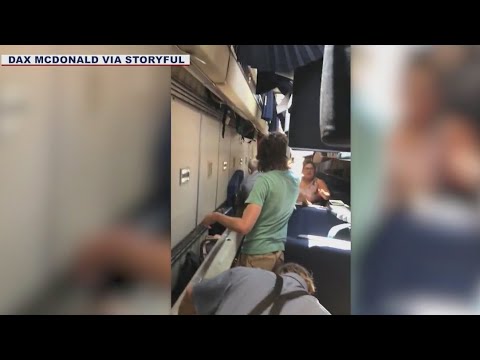
Examining the Root Causes of Amtrak Train Derailments
Let’s get to the nitty-gritty of why these Amtrak train derailments happen. You might be shocked to hear that the roots lie within a cocktail of infrastructure issues, human errors, and technology gaps.
Look at this staggering fact: nearly 50% of Amtrak’s routes need urgent repair or refurbishment. Just think about it; a 2022 Government Accountability Office report highlighted infrastructure decay as a significant threat to passenger safety. It’s high time we call on our leaders to step in before another tragedy strikes.
Ever heard the saying, “to err is human”? Well, it’s tragically true in this context. The National Transportation Safety Board identifies human error—like crew fatigue and insufficient training—as a leading cause of accidents. Poor decisions during peak hours have dire consequences and remind us how crucial consistent training is for our train crews.
While some modern railways are rolling out Positive Train Control (PTC) systems, Amtrak lagged behind in implementation. These systems could automatically decrease train speed before entering hazardous zones, potentially saving lives and preventing derailments like the one in Philadelphia.

The Socio-Economic Impact of Amtrak Train Derailments
When a train jumps the tracks, it doesn’t just shake the passengers; it creates ripples that affect the economy and community at large. For a lot of cities, Amtrak is a vital lifeline, especially for tourism. Any dip in service can spell trouble, leading to financial loss for businesses that thrive on train travelers.
Legal settlements, repairs, and the subsequent loss of ridership create a daunting financial burden that can take years to recover from. The community feels it—both on the balance sheet and in the conversations we have when we gather in coffee shops, discussing how our safety should be top priority.
The impact doesn’t stop there; the psychological scars for survivors and families can last a lifetime. Incidents often become front-page news, triggering nation-wide dialogues about transportation safety. These conversations can fuel legislative action aimed at better safety regulations, perhaps leading to a time when we can confidently ride the rails.
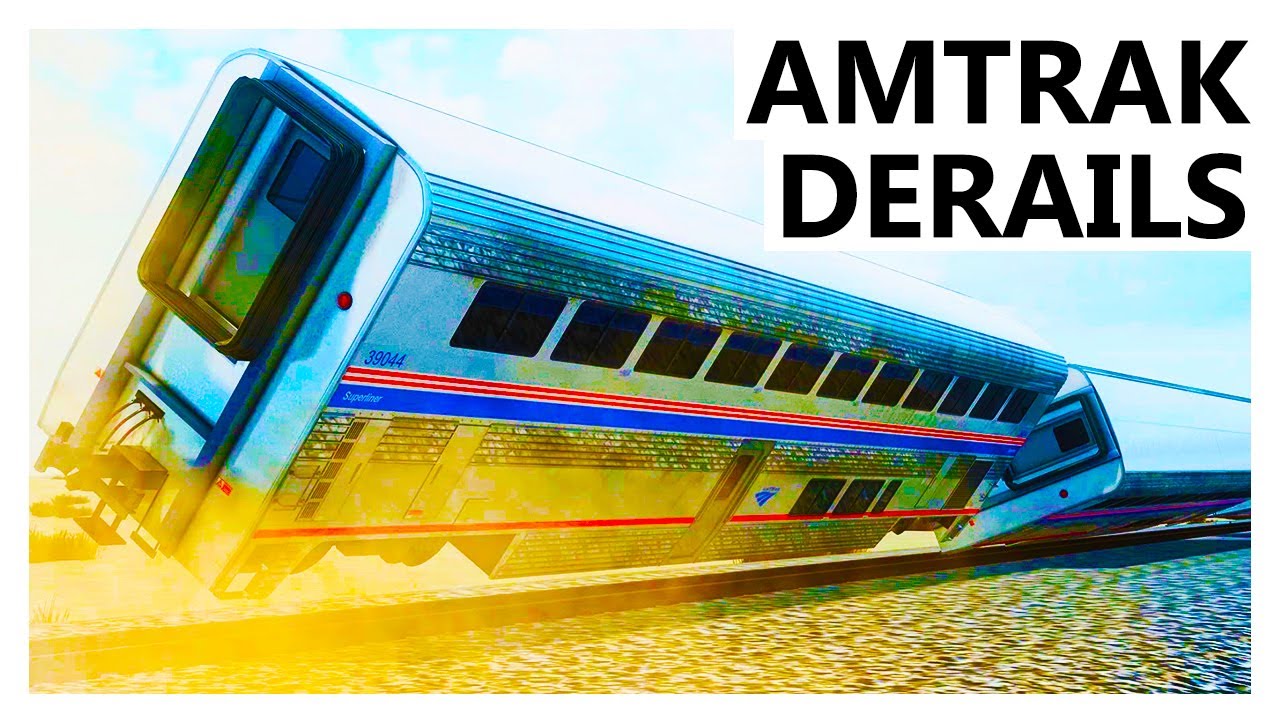
Rethinking Rail Safety for the Future
If we want to prioritize safety in train travel, we need to start with a solid game plan. That means significant investments in our rail infrastructure, continuous staff training, and upgrading technology. Communication strategies also need a facelift to navigate emergencies more effectively.
It will take a united effort, with community engagement driving rail safety advocacy forward. Media can play a crucial role too, pushing for transformation through keen scrutiny and spotlighting the needs of passengers.
By sharing experiences and addressing the root causes of issues head-on, we can pave the way to a future where riding the Amtrak is synonymous with safety and reliability. Armed with determination, we can ensure that tragedies become part of a cautionary tale rather than a grim reality.
So next time you’re planning your cute little getaway—perhaps watching a heartwarming film like Corsage—consider that while Amtrak train derailments loom in the background, our collective voice advocating for change can reshape the journey. Because when safety feels like a possibility rather than a risk, we can truly relax. Grab your popcorn—maybe from a Bath And Body works candle sale—and let’s ride into a future where rail travel sings sweet songs of safety!
Amtrak Train Derailment: Shocking Facts Behind Tragedies
The Frequency of Amtrak Train Derailments
Amtrak train derailments, while often making headlines, are surprisingly not as common as one might think. In fact, significant derailments occur once every few years, with the safety measures in place working hard to minimize accidents. A fun tidbit: did you know the first Amtrak train was launched in 1971? This year marked the start of a new chapter in American rail travel, quite akin to how Beverly Hills cop 2 reignited interest in the action-comedy genre back in the ’80s. This connection shows how entertainment can sometimes mirror society’s shifts, including those in transportation.
The Causes Behind Derailments
Many factors can contribute to an Amtrak train derailment, from human error to track conditions. A notable case is the 2015 derailment in Philadelphia, which resulted in eight fatalities. Engineers often face the tough task of balancing speed and safety, especially during weather events. And speaking of weather, have you ever heard of a “tornado warning” causing delays? Understanding Amenaza de tornado can help passengers stay informed. Additionally, while it’s often overlooked, many of the heroes in such incidents are the train crews who respond quickly to emergencies, reminiscent of how characters sometimes take charge in shows like To Your Eternity Season 3. It’s their quick thinking that often makes the difference between chaos and safety.
Historical Context and Impact
Historically, the railroads have played a crucial role in shaping America, and every derailment adds to this ongoing story. These incidents remind us of the importance of infrastructure and safety protocols. One interesting piece of trivia: many classic films, such as those featuring Elisha Cook jr., have famously portrayed train travel as an integral part of American life. Such depictions lead audiences to reflect on the progress, perhaps even innovation, in transportation safety over the decades, just like the new Hirogaru Sky Precure series brings fresh excitement to its viewers. The connection goes deep when we consider how narratives in different media can influence public perceptions, ultimately leading to calls for enhancements in tracking and safety systems.
Conclusion
Understanding the dynamics and realities surrounding Amtrak train derailments is essential for every traveler and rail enthusiast. Remember, while the drama of derailments strikes fear in our hearts, it also spurs crucial conversations about safety improvements. Each incident carries heavy implications, and it’s our responsibility to learn from them as we move forward. Let’s embrace a future where such tragedies become a thing of the past, much like the timeless charm of classic films that continue to engage us.

What was the worst accident in Amtrak history?
The worst accident in Amtrak history was the Big Bayou Canot crash in 1993, where 47 people tragically lost their lives when the Sunset Limited derailed after a barge struck the bridge above.
Is Amtrak safer than driving?
Amtrak is statistically safer than driving, so it gives travelers peace of mind. Plus, the company has strict safety standards to help ensure passenger safety.
What is the #1 cause of train derailment?
Human error tops the list as the leading cause of train derailments. Mistakes by train operators, such as speeding or ignoring signals, play a big part, along with errors in track maintenance.
What state has the most train derailments?
Illinois has had the most train derailments in the U.S. since 1975, racking up a staggering 12,958 incidents. Close behind, Texas has the highest railway mileage, giving it a lot of potential for derailments too.
How fast does Amtrak go?
Amtrak trains can travel at speeds of up to 150 miles per hour, particularly on certain lines like the Acela Express in the Northeast Corridor.
What was the deadliest train wreck in the US?
The deadliest train wreck in U.S. history was the Great Train Wreck of 1917, where about 500 people died, but the Big Bayou Canot crash is the worst Amtrak accident.
Why is there no security on Amtrak?
There’s no dedicated security on Amtrak trains like you’d find in airports, but they do have staff and law enforcement on board to handle any issues that may arise.
Can you shower on Amtrak?
Some Amtrak trains offer shower facilities, especially on long-distance routes, providing passengers a chance to freshen up during their journey.
What is safer, an airplane or a train?
While both airplanes and trains are generally safe, flying tends to be statistically safer than train travel, although trains have their own set of safety measures in place.
Can putting coins on train tracks derail a train?
Putting coins on train tracks is a dangerous stunt that can cause damage to trains, but it usually isn’t enough to derail them. It’s highly discouraged.
Can a train fall off the track?
Yes, a train can fall off the tracks, and while it’s rare, it’s often due to human error or track issues that lead to such incidents.
Why are there so many train derailments lately?
There seems to be an uptick in train derailments lately, often attributed to factors like aging infrastructure and human error in operation and maintenance.
What state uses trains the most?
California uses trains the most in the U.S., thanks to its extensive transit systems catering to commuters and travelers alike.
How much does a train derailment cost?
A train derailment can be very costly, running into millions of dollars when you consider damages, injuries, and lost cargo.
How many feet should you stop before a railroad crossing?
As a safety measure, it’s recommended to stop at least 15 feet before a railroad crossing to ensure a clear view and safe passage.
What was the most brutal train crash?
The most brutal train crash is often said to be the 2004 Sri Lanka tsunami disaster, where a passenger train was hit by a massive wave, but many U.S. derailments have also been quite tragic.
When was the last Amtrak accident?
The last major Amtrak accident occurred in 2021 when a train derailed in Montana, leading to several injuries but thankfully no fatalities.
What was the famous railroad accident?
The famous railroad accident that comes to mind is the 1896 derailment in West Virginia, known as the “Great Recking,” notorious for its loss of life and impact on railway safety regulations.
How many passenger trains derail a year?
On average, passenger trains experience around 1 to 2 derailments a year in the U.S., mostly minor and often caused by factors like human error or weather conditions.

